Adaptive Design Methods in Clinical Trials
Introduction What Is Adaptive Design Regulatory Perspectives Target Patient Population Statistical Inference Practical Issues Aims and Scope of the Book Protocol Amendment Introduction Moving Target Patient Population Analysis with Covariate Adjustment Assessment of Sensitivity Index Sample Size Adjustment Concluding Remarks Adaptive Randomization Conventional Randomization Treatment-Adaptive Randomization Covariate-Adaptive Randomization Response-Adaptive Randomization Issues with Adaptive Randomization Summary Adaptive Hypotheses Modifications of Hypotheses Switch from Superiority to Noninferiority Concluding Remarks Adaptive Dose-Escalation Trials Introduction CRM in Phase I Oncology Study Hybrid Frequentist-Bayesian Adaptive Design Design Selection and Sample Size Concluding Remarks Adaptive Group Sequential Design Sequential Methods General Approach for Group Sequential Design Early Stopping Boundaries Alpha Spending Function Group Sequential Design Based on Independent P-Values Calculation of Stopping Boundaries Group Sequential Trial Monitoring Conditional Power Practical Issues Statistical Tests for Seamless Adaptive Designs Why a Seamless Design Is Efficient Step-Wise Test and Adaptive Procedures Contrast Test and Naive P-Value Comparisons of Seamless Design Drop-the-Loser Adaptive Design Summary Adaptive Sample Size Adjustment Sample Size Re-Estimation without Unblinding Data Cui-Hung-Wang's Method Proschan-Hunsberger's Method Muller-Schafer Method Bauer-Koehne Method Generalization of Independent P-Value Approaches Inverse-Normal Method Concluding Remarks Two-Stage Adaptive Design Introduction Practical Issues Types of Two-Stage Adaptive Designs Analysis for Seamless Design with Same Study Objectives/Endpoints Analysis for Seamless Design with Different Endpoints Analysis for Seamless Design with Different Objectives/Endpoints Concluding Remarks Adaptive Treatment Switching Latent Event Times Proportional Hazard Model with Latent Hazard Rate Mixed Exponential Model Concluding Remarks Bayesian Approach Basic Concepts of Bayesian Approach Multiple-Stage Design for Single-Arm Trial Bayesian Optimal Adaptive Designs Concluding Remarks Biomarker Adaptive Trials Introduction Types of Biomarkers and Validation Design with Classifier Biomarker Adaptive Design with Prognostic Biomarker Adaptive Design with Predictive Marker Concluding Remarks Appendix Target Clinical Trials Introduction Potential Impact and Significance Evaluation of Treatment Effect Other Study Designs and Models Concluding Remarks Sample Size and Power Estimation Framework and Model/Parameter Assumptions Method Based on the Sum of P-Values Method Based on Product of P-Values Method with Inverse-Normal P-Values Sample Size Re-Estimation Summary Clinical Trial Simulation Introduction Software Application of ExpDesign Studio Early Phases Development Late Phases Development Concluding Remarks Regulatory Perspectives - A Review of FDA Draft Guidance Introduction The FDA Draft Guidance Well-Understood Designs Less Well-Understood Designs Adaptive Design Implementation Concluding Remarks Case Studies Basic Considerations Adaptive Group Sequential Design Adaptive Dose-Escalation Design Two-Stage Phase II/III Adaptive Design Bibliography Subject Index
{{comment.content}}

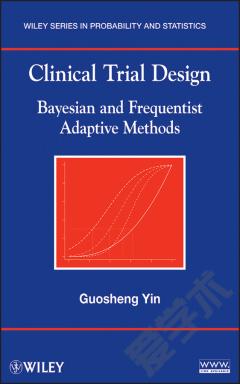
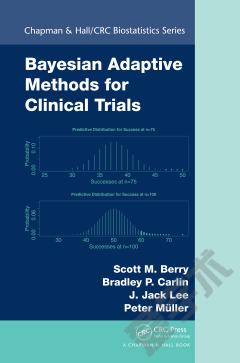
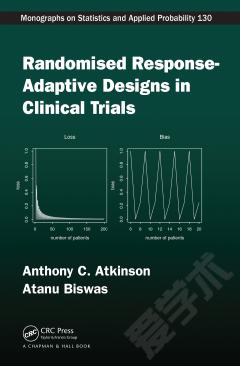

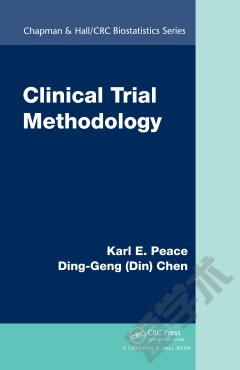
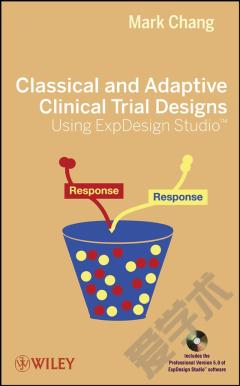

 京公网安备 11010802027623号
京公网安备 11010802027623号